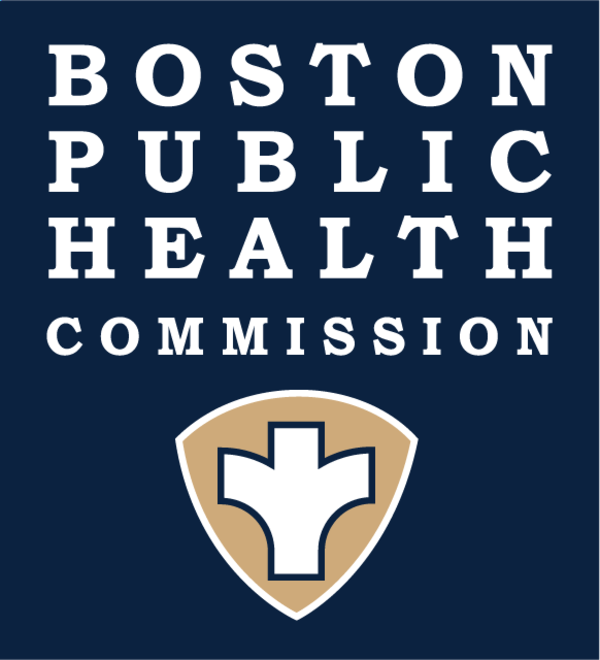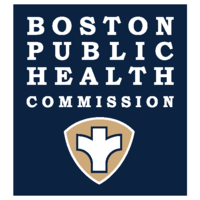Safe Sleep
Every child deserves to wake up happy and healthy
Sudden Unexpected Infant Death (SUID) is a term used to refer to any injury, accident, or unknown cause that results in the death of a child under one year of age. Although not all SUID deaths are preventable, there are many safety steps you can follow to reduces your baby's risk and help keep them safe.
Practices to Follow
- ALWAYS place babies less than a year old onto their back to sleep.
- Do not co-sleep, your baby should have their own space like a bassinet or crib with open air flow and protective sides.
- The bassinet or crib should have a firm mattress with a single fitted sheet.
- Never put loose blankets, toys, or stuffed animals in your infants space while sleeping.
- Sleep clothing should be fitted and not loose. It is best to wrap your child in a swaddle with their feet and arms secure inside.
- Although your newborn should be comfortable when sleeping, too much heat or humidity can make it difficult for them to breathe.
ABC's of Safe Sleep
Alone
no toys, blankets, or co-sleeping of any kind with infantsback
lay infants on their backs, never their sides, or belly when sleepingCrib
Infants should always be in cribs or pack and plays when sleepingPrevention Tips
1. Breastfeed
-
Exclusively breastfeed for the first 6 months
-
Room sharing is ideal while breastfeeding but always put your infant in a crib to sleep
-
If breast feeding from bed, remove all unnecessary pillows, blankets, and other materials
-
Any amount of breast milk is better than none
-
Offer baby a pacifier when going to bed
2. Don't Smoke
- Smoking while pregnant and after pregnancy significantly increases the risk of SIDS.
- Make sure your house and car are smoke free environments.
- Keep babies away from all second hand smoke including: cigarettes, E-cigarettes, marijuana, vapes, and Juuls.
- Nicotine can be passed through breastmilk, it is best to not smoke at all while breastfeeding and pregnant, but if that isn't possible limit when you smoke to be directly after feeding, then wait a few hours to feed again.
3. Pick a safe crib
- Always test the firmness of crib mattresses, the firmer the better.
- Make sure there are no gaps, mattresses must fit snuggly to the sides of the crib.
- Place crib far away from windows and drapes.
- Make sure your crib has not been recalled.
- Only use cribs produced within the last 10 years.
- Check to see if the crib is sturdy and has fully functioning parts.
Choosing a Crib
1. Check to see if your crib has been recalled
2. Make sure your crib has sturdy rails, do not use cribs with drop rails
3. Crib bars should be less than 2 inches and 6 centimeters apart
4. Sides should be at least 26 inches taller than the top of the mattress
5. All sides of the crib should sit flush and even with one another
6. No decorative cutouts on the crib headboard, footboard, or sides
7. Do not use Bumper pads on the crib or add unnecessary accessories
8 Cribs made within the last 10 years are held to the CPSC national safety standard, cribs older than that should not be used. Check to make sure your crib fits the CPSC standards.
More Resources
Check out the resources linked below to learn more about SUID/SIDS and how to lower your baby's risk.
Safe Kids offers tips on way to prevent sleep suffocation
Breastfeeding & Safe Sleep How to handle the breastfeeding period while also providing your child with a safe sleep area
Safe Sleep Video (Spanish) Un video sobre prácticas de sueño seguro para bebés
View data on infant mortality in Suffolk county Massachusetts over the past 10 years
Choosing safe baby products: Cribs
For parents and caregivers suffering from infant loss due to SUID and SIDS please check out the grief resources link here...






